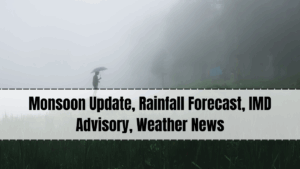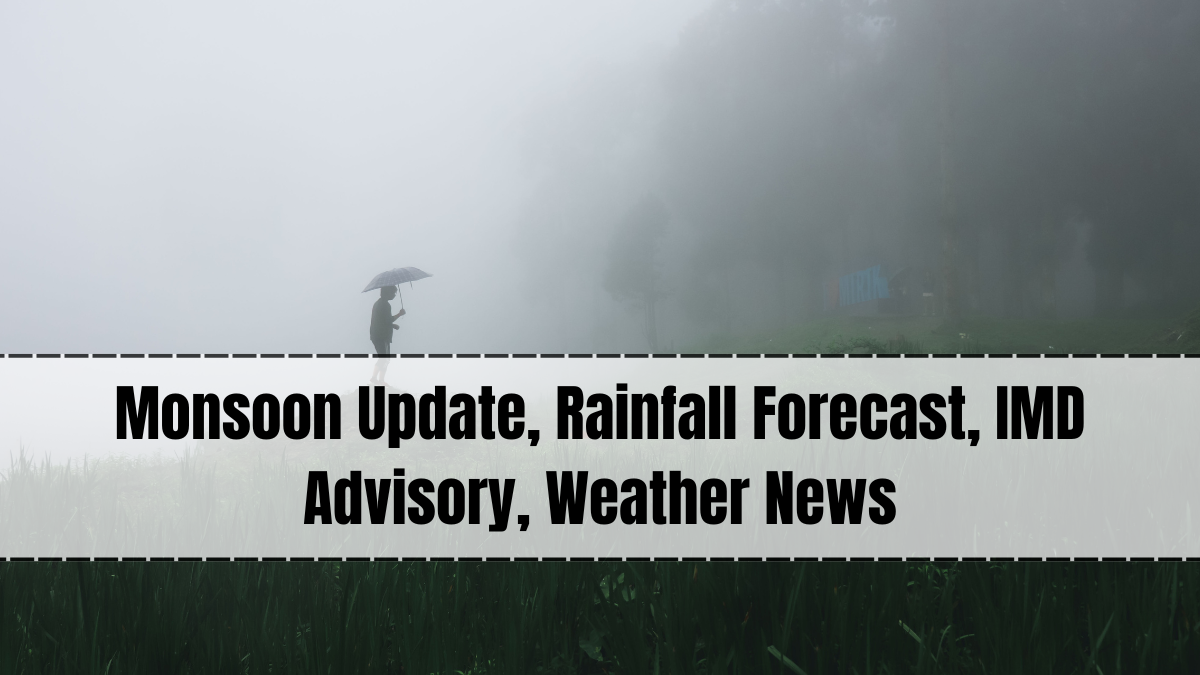The Monsoon Rainfall Trends 2025 report from the India Meteorological Department (IMD) reveals notable shifts in rainfall patterns this August. After weeks of uneven distribution, the monsoon is now showing a more widespread presence, with some regions witnessing a surplus and others continuing to face shortages. The changes in rainfall trends have significant implications for agriculture, water management, and disaster preparedness, making it crucial for both rural and urban populations to stay updated with official advisories.

Changing Rainfall Patterns
The Monsoon Rainfall Trends 2025 highlight an active low-pressure system over the Bay of Bengal combined with monsoon trough shifts toward the north. These weather dynamics have altered the rainfall distribution across the country. While central and eastern states are recording heavy spells, parts of northwest India are still waiting for consistent rains. Coastal belts, especially along the Konkan and Kerala coasts, continue to receive intense showers, while interior regions see intermittent dry breaks.
Regional Highlights
-
Central & Eastern India – States like Madhya Pradesh, Chhattisgarh, Odisha, and Jharkhand are experiencing above-normal rainfall, supporting agricultural activities.
-
Northwest India – Rajasthan and Haryana face sporadic rainfall, though forecasts indicate improvement in the coming weeks.
-
Southern Peninsula – Kerala, Karnataka, and Tamil Nadu’s western districts are receiving steady rain, boosting reservoir levels.
-
Northeast India – Assam, Meghalaya, and Arunachal Pradesh are under heavy rain alerts, with localized flooding reported.
These Monsoon Rainfall Trends 2025 indicate that while many regions are benefiting, others require close monitoring for deficit management.
Agricultural Impact
Shifting rainfall patterns directly influence sowing, irrigation, and harvesting schedules. In surplus zones, paddy, maize, and pulses are thriving, with soil moisture levels reaching optimal ranges. However, deficit areas must rely on supplemental irrigation to sustain crop health. The IMD has advised farmers to follow region-specific agromet advisories to minimize weather-related losses and adapt cropping patterns accordingly.
Water Resource and Reservoir Status
Thanks to improved rainfall in central and southern states, major reservoirs are showing healthy inflow levels. Data from the Central Water Commission indicates storage levels at 82% capacity nationwide, up from 70% last month. The Monsoon Rainfall Trends 2025 suggest that this positive trajectory will help secure water availability for domestic, industrial, and agricultural purposes in the post-monsoon months.
Disaster Preparedness
Heavy rainfall in certain regions raises the risk of flash floods and landslides. The IMD, in collaboration with the National Disaster Management Authority (NDMA), is ensuring readiness through early warnings, evacuation drills, and resource pre-positioning. Citizens in high-risk zones are urged to remain vigilant, follow official instructions, and avoid unnecessary travel during red and orange weather alerts.
Economic Considerations
The Monsoon Rainfall Trends 2025 carry mixed economic signals. A good monsoon supports rural demand, agricultural output, and stable food prices. However, excessive rain in key transport hubs can disrupt logistics, cause supply delays, and impact short-term market stability. Construction projects in high-rainfall areas may also face temporary halts due to safety concerns.
Conclusion
The Monsoon Rainfall Trends 2025 underscore the complexity of India’s monsoon season, where regional variations can bring both opportunity and risk. By tracking IMD updates, adjusting agricultural practices, and enhancing disaster readiness, the country can maximize the benefits of the rainfall while minimizing potential damage. August’s changing weather patterns are a reminder of the importance of timely action and adaptability.
FAQs
Which regions are seeing above-normal rainfall in August 2025?
Central and eastern states like Madhya Pradesh, Chhattisgarh, Odisha, and Jharkhand are witnessing surplus rainfall.
Are there areas still facing rainfall deficits?
Yes, northwest states such as Rajasthan and Haryana are still below normal rainfall levels.
How is this affecting agriculture?
Surplus regions are benefiting from healthy crop growth, while deficit areas may need supplemental irrigation.
What is the current status of reservoirs?
Nationwide storage levels have reached about 82% capacity, ensuring better water security.
Are there flood risks this month?
Yes, northeastern states and coastal belts with heavy rainfall are at risk of floods and landslides.
Click here to know more.
